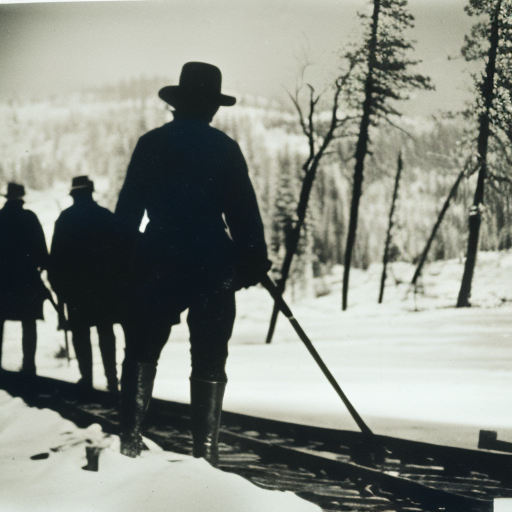Summary:
The Gold Rush of 1848 was a significant event in American history that began in California and had a profound impact on the region’s development. It was triggered by the discovery of gold at Sutter’s Mill in Coloma, California, by James W. Marshall. News of the discovery spread rapidly, attracting thousands of people from all over the world to California in search of fortune. The Gold Rush had far-reaching effects on the economy, society, and culture of California, as well as the United States as a whole.
Discovery of Gold:
In January 1848, James W. Marshall discovered gold while working at John Sutter’s sawmill. Initially, the discovery was kept secret, but rumors soon began to circulate. By March, the news had reached San Francisco, and by May, it had spread across the United States and around the world. The promise of wealth and prosperity attracted people from diverse backgrounds, including miners, merchants, and entrepreneurs.
Migration and Boomtowns:
The news of gold in California triggered a massive migration known as the Gold Rush. People from all walks of life flocked to California, including Americans from the eastern states, immigrants from Europe, Latin America, and Asia. The population of California exploded, with over 300,000 people arriving by 1855. The influx of people led to the rapid growth of towns and cities, known as boomtowns, which sprang up almost overnight. San Francisco, in particular, experienced a dramatic transformation, evolving from a small village to a bustling city.
Methods of Mining:
Gold seekers employed various methods to extract gold from the earth. Initially, simple techniques such as panning and placer mining were used. Panning involved swirling water and sediment in a pan to separate gold particles. Placer mining involved washing gravel and sand to collect gold nuggets. As the easily accessible gold deposits diminished, more advanced methods such as hydraulic mining and hard rock mining were employed. Hydraulic mining involved using high-pressure water to erode hillsides and extract gold. Hard rock mining required digging tunnels and shafts to reach gold-bearing quartz veins.
Social and Cultural Impact:
The Gold Rush brought together people from different backgrounds and cultures, creating a diverse and vibrant society in California. The population boom led to the establishment of schools, churches, and other institutions. However, the rapid growth also led to lawlessness and violence in some areas. The Gold Rush also had a significant impact on Native American communities, as their lands were taken over by miners and settlers.
Economic Impact:
The Gold Rush had a profound effect on the economy of California and the United States. The influx of people and capital stimulated economic growth and development. San Francisco became a major commercial center, serving as a hub for trade and transportation. The mining industry itself created jobs and opportunities for entrepreneurs. The Gold Rush also had a broader impact on the national economy, as the gold discovered in California helped finance the growth of industries and infrastructure across the United States.
Environmental Impact:
The Gold Rush had a detrimental impact on the environment. Hydraulic mining, in particular, caused significant damage to rivers and landscapes. The use of high-pressure water eroded hillsides, leading to massive erosion and sedimentation in rivers. This resulted in the destruction of habitats and the pollution of waterways. The environmental consequences of the Gold Rush prompted the passage of laws and regulations aimed at protecting the environment.
Legacy:
The Gold Rush transformed California and left a lasting legacy. It played a crucial role in the development of the state, shaping its economy, society, and culture. The population boom and economic growth laid the foundation for California’s future prosperity. The Gold Rush also contributed to the mythos of the American Dream, as people from all walks of life sought their fortunes in the West. Today, the legacy of the Gold Rush can still be seen in the historic sites, museums, and cultural traditions that commemorate this significant event in American history.












